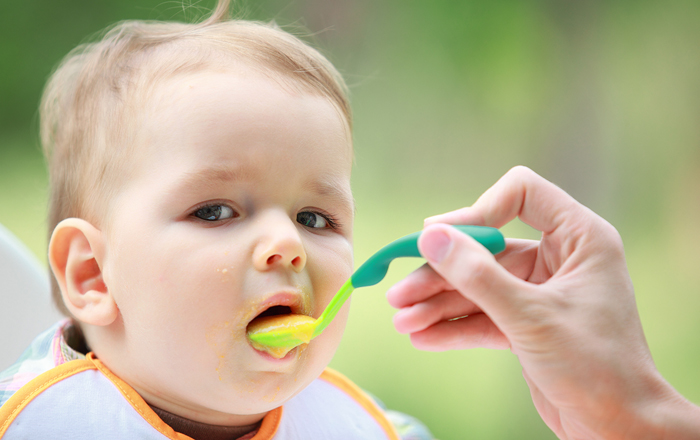
hiiiiiiiiii
• 1 in 3 individuals and families receiving a Disability Support Pension experience rental stress;
• 1 in 10 Specialist Homelessness Services clients are people with disability;
• as at 2018, 34% of people aged 20 and over with disability had completed Year 12, compared with 66% without disability
• in 2018, 48% of people aged 15 to 64 with disability were employed, compared with 80% of those without disability; and
• in 2018, 4 in 9 people aged 15 to 64 with disability said that they had avoided situations in the previous year because of their disability.
Let’s think about that. Housing, safety, education, and employment. These are critical things that contribute to our sense of well-being.
But, it doesn’t stop there. According to the Australian Government’s Department of Social Services, “Almost 2.65 million Australians care for someone with disability, a medical condition, mental illness or someone who is frail due to age.” Often, the carers’ well-being is affected as well.
To contribute to an improved sense of well-being in people with disability, a multifaceted approach is needed to repair the long-standing challenges in many areas of life.
For example, in their initiative, Health Benefits of Good Work®, the Australasian Faculty of Occupational and Environmental Medicine of the Royal Australasian College of Physicians bases this piece of work on evidence that good work is beneficial to peoples health and well-being. And, so, we must increase meaningful employment opportunities for people with disability. We must create housing. We have to open up education opportunities. We have to care for the carers.
The answer to an increased sense of well-being doesn’t
